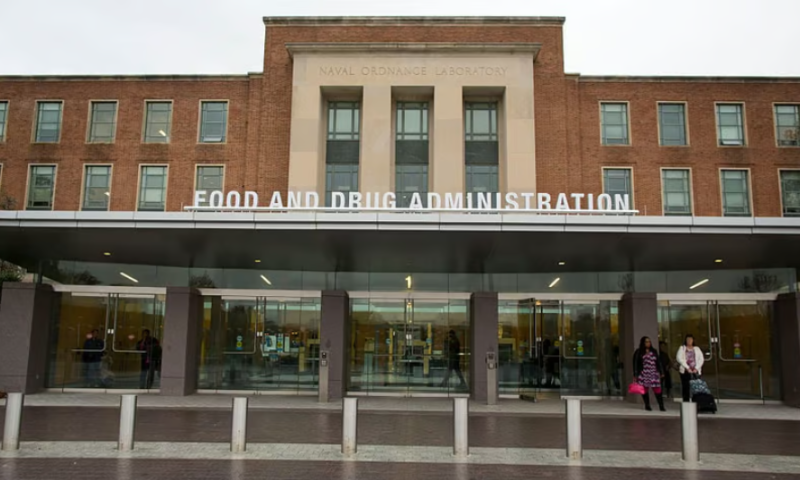Two years after submitting one of its mouthpieces for an FDA clearance that would allow it to be used to treat obstructive sleep apnea—a submission that was initially met with rejection from the agency—Vivos Therapeutics has emerged victorious.
Vivos’ DNA appliance, named for its daytime-nighttime use schedule, finally nabbed the long-awaited 510(k) clearance, the company announced Wednesday. The FDA nod categorizes the technology as a Class II device in its new indication to treat OSA.
The DNA mouthpiece was already registered with the FDA as a Class I device—a category representing the lowest-risk medical devices, which often don’t require formal clearance before hitting the market—to be used simply as a palatal expander.
“For the first time, the FDA has formally recognized the benefits of our proprietary core technology in our DNA appliance (without mandibular advancement) as an effective treatment for mild-to-moderate OSA in adults,” CEO Kirk Huntsman said in the announcement. “We believe the DNA treatment can be life-changing for many OSA patients, and we look forward to continued market adoption of our expanded menu of treatments for this debilitating condition.”
The retainer-like DNA appliance is meant to be worn for long stretches of time each day. During these 10-to-12-hour periods, it gradually widens the upper jaw, an approach that Vivos claims can improve airflow by giving a user’s tongue and other tissues in the throat more room to rest in proper position rather than blocking the airway—which is the root cause of obstructive sleep apnea.
Vivos’ non-surgical approach offers an alternative to bulky and, currently, high-demand CPAP machines, potentially costly surgical interventions and other jaw-shifting tools that may cause pain or discomfort as they force the jaw forward.
According to the company, study results submitted to the FDA showed that the DNA device successfully widened the palate in nearly all users, and 86% of study participants experienced improvements in airway size. Additionally, nearly two-thirds of the participants saw their OSA improve by at least one severity measure—for example, from “severe to moderate” to “moderate to mild”—and 28% reported that their OSA had completely resolved after using the DNA appliance.
Vivos had originally submitted the DNA device for the follow-up 510(k) clearance in 2020. That submission was rejected the following year, though the company simultaneously picked up an FDA nod for another of its devices, the modified mandibular repositioning nighttime appliance, or mmRNA, to treat mild to moderate cases of sleep apnea and other sleep-disordered breathing conditions.
In a filing with the U.S. Securities and Exchange Commission after the 2020 FDA request, Vivos warned investors that the submission could be rejected, but not-so-slyly noted that such a rejection wouldn’t stop the DNA device from being used to treat OSA even without an agency OK.
“Dentists, as licensed clinicians within the scope of their practice, are free to diagnose, treat and prescribe the appropriate oral appliance therapy as they see fit, including uses which might be ‘off-label,’ based on their professional judgment,” the company wrote at the time. “Given the fact that our dentists regularly prescribe the DNA appliance to treat conditions closely associated with OSA, we do not believe a failure to receive FDA Class II clearance would materially impact our results or financial condition.”

